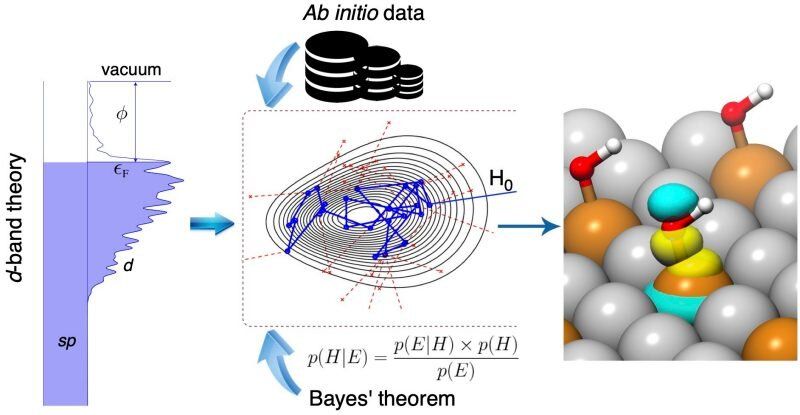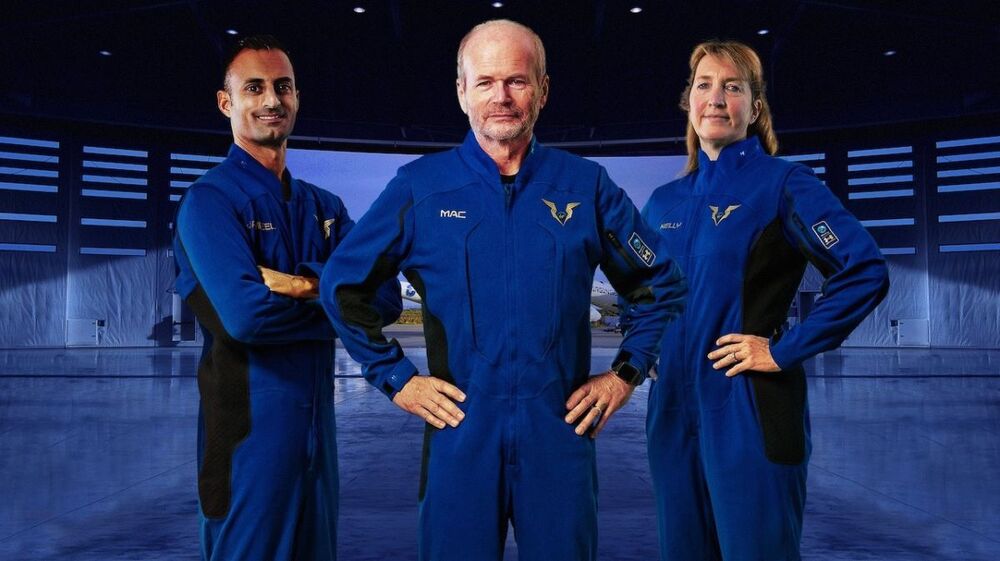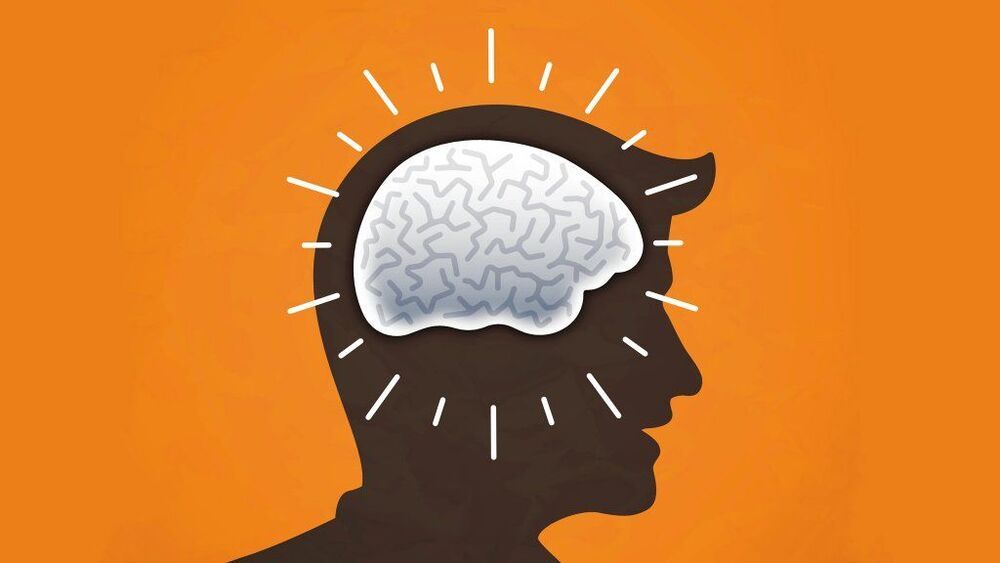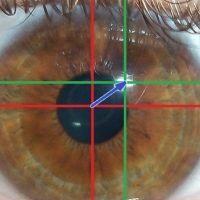A new machine learning approach offers important insights into catalysis, a fundamental process that makes it possible to reduce the emission of toxic exhaust gases or produce essential materials like fabric.
In a report published in Nature Communications, Hongliang Xin, associate professor of chemical engineering at Virginia Tech, and his team of researchers developed a Bayesian learning model of chemisorption, or Bayeschem for short, aiming to use artificial intelligence to unlock the nature of chemical bonding at catalyst surfaces.
“It all comes down to how catalysts bind with molecules,” said Xin. “The interaction has to be strong enough to break some chemical bonds at reasonably low temperatures, but not too strong that catalysts would be poisoned by reaction intermediates. This rule is known as the Sabatier principle in catalysis.”








